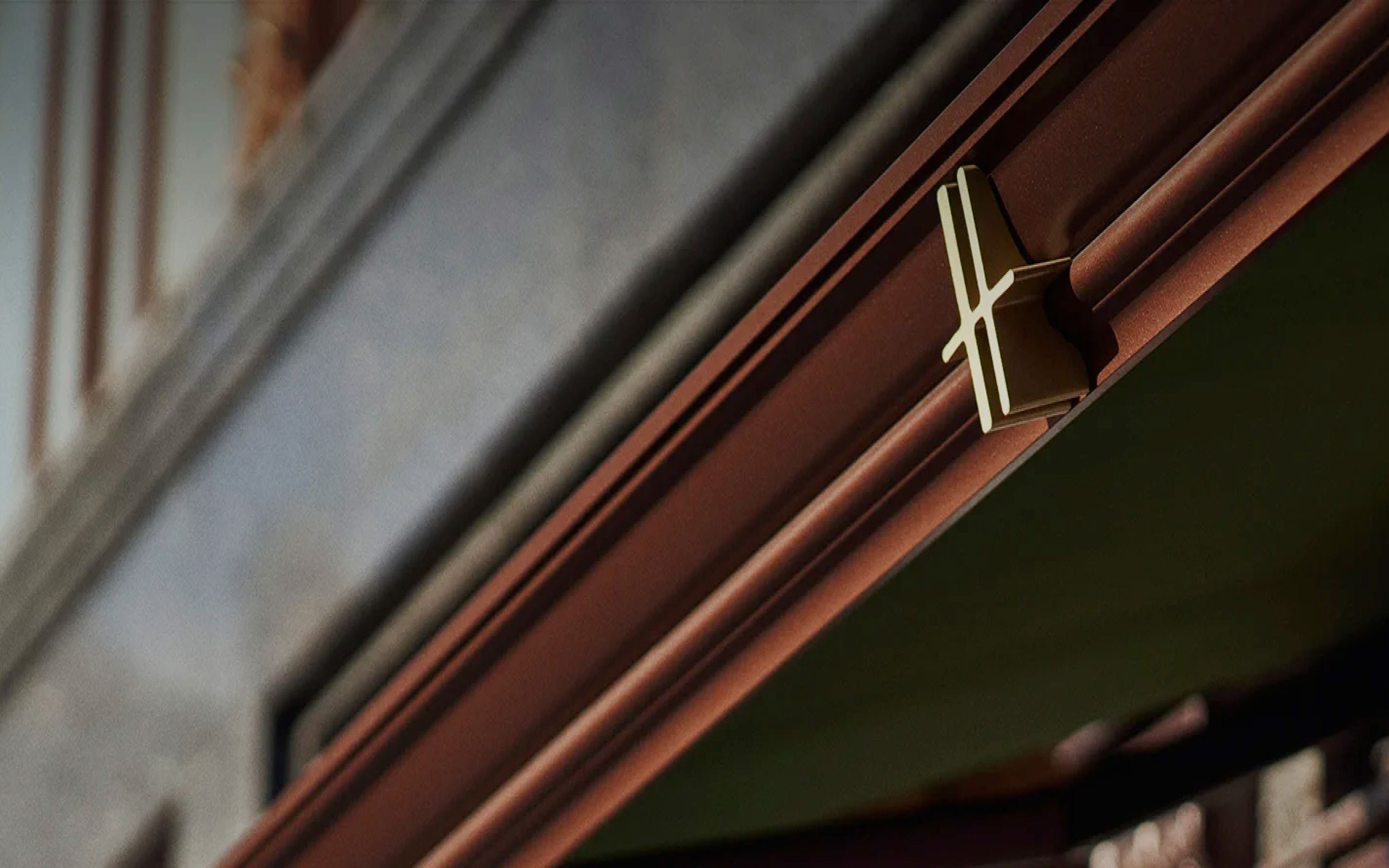Right now the internet as we know it — aka Web 2.0 — is still very much fragmented. But Web 3.0 imagines an online world where everything is verticalised and personalised, making for a much more integrated and enjoyable experience.
But what is Web 3.0?
By definition, Web 3.0, or Web3, is a “decentralised online ecosystem based on the blockchain”. Technically, no one can own a blockchain, which means that Web 3.0 facilitates decentralisation: putting ownership in the hands of individuals and small brands instead of big companies.
Rather than accessing the internet through platforms like Google, Apple or Facebook, in Web 3.0, it’s the individuals who own and control their pieces of the internet.
Experts predict that NFTs and Web 3.0 transactions will most likely be commonplace in ecommerce within less than five years. So if you’re not already across what that actually means, now’s the time to jump in.
Yes, these concepts can be a little tricky to wrap your head around, but as you start learning you’ll soon see the transformative benefits that Web 3.0 can have for ecommerce fashion brands.
How Web 3.0 could revolutionise ecommerce
Personalisation for customers
Imagine going into a store that has everything designed just for you. Clothing that suits your hair colour, eye colour, skin tone, body shape and personal style. Makeup that you already use or that has been determined as a perfect match for you; stock from your favourite designers and similar brands you will enjoy.
This is exactly what a retail experience in the metaverse can look like. Plus, brands can go above and beyond, creating online spaces, curating articles and hosting community discussions that are tailored to each customer’s specific interests.

Nike X Roblox's NIKELAND platform is filled with Nike branded digital apparel for purchase
“Experts predict that NFTs and Web 3.0 transactions will most likely be commonplace in ecommerce within less than five years"
Accessible showrooms
Traditionally, fashion showrooms are physical spaces. In theory, it’s a great way to discover a brand’s offerings, but in reality, it’s limiting –– it can only be visited by people who live nearby.
But Web 3.0 allows for virtual showrooms, on a scale far more exciting than we’ve ever seen before. Companies like Kering, LVMH, and Richemont have already established virtual reality showrooms and tradeshows for individuals and retail clients.
Retail stores in the metaverse
Recently, Adidas secured their own plot of real estate in the virtual metaverse called The Sandbox, which they plan to be a destination for customers to get “exclusive content and experiences”.
As Web 3.0 and virtual reality evolves, we can expect to see these two-dimensional online spaces transform into three dimensions –– and serve as a legitimate replacement for IRL stores. Brands will be able to use the world-building capabilities seen in video games, like Sandbox, to create a whole new style of online shopping destination.
A new revenue stream for fashion brands
The idea of virtual clothing may seem a little abstract and hard to grasp, but it’s already a billion-dollar industry. Brands are investing in virtual fashion items for consumers to buy, even though they’ll never exist in a physical, tangible sense.
Balenciaga is working with Fortnite to create wearable in-game accessories, while Dior and Gucci have partnered with the parent company of Snapchat to create AR sneakers for users.
Thanks to NFTs, which are traceable and verifiable through the blockchain, the issue of counterfeit fashion items will become a thing of the past for the metaverse.
Loyalty reward programs based on NFTs
Web 3.0 will allow brands to monetise their loyalty programs in a whole new way. Right now, loyalty programs are based around points that a customer can accumulate over time.
But with NFTs, each purchase can be rewarded with NFT-based tokens with a predefined value.
The opportunity for legacy brands to modernise
Many big fashion houses are historic, with a long legacy to uphold. While the metaverse and virtual reality may be a far cry from a brand’s beginnings, it’s essential to embrace modern changes.
And as Web 3.0 grows in popularity and functionality, becoming an early adopter gives these brands a chance to leapfrog into the future. Not only will you show current customers your ability to adapt, but you’ll likely also attract new customers in the digital space.
If Web 3.0 is something you’re considering for your fashion or e-commerce brand, now is definitely the time to jump aboard. Now, more than ever, customers are craving personalised services and brands that will join them in the future.
Need a hand designing the perfect Web 3.0 vision? At Célibataire, we design transformational digital experiences that empower ambitious brands. If you have the appetite and vision, we can make it a reality. Get in touch today to find out more.



